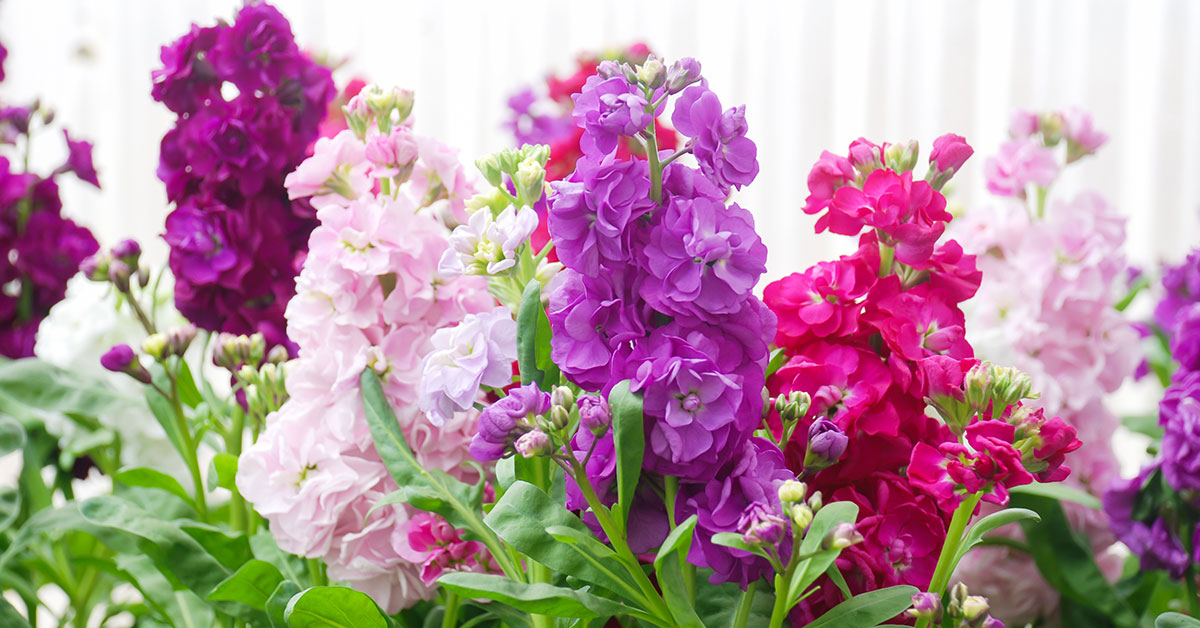Welcome to our comprehensive guide on finding the best fertilizer for Stock Flowers! As gardening enthusiasts, we understand the importance of nourishing and enriching our plants to ensure their optimal growth and vibrant blooms. Stock Flowers, with their beautiful clusters of fragrant blossoms, are no exception. Whether you are a seasoned gardener or a beginner, selecting the right fertilizer can make a significant difference in the health and vitality of your Stock Flowers.
In this article, we will explore the key factors to consider when choosing a fertilizer, discuss the specific nutritional needs of Stock Flowers, and provide recommendations for the best fertilizers that will help you achieve stunning and long-lasting displays of these delightful flowers. So, let’s dive in and discover the secrets to cultivating thriving Stock Flowers!
Do Stock Flowers need to be fertilized?
Stock Flowers can benefit from fertilization for optimal growth. Fertilizing them can provide the necessary nutrients they need to develop strong roots, healthy foliage, and abundant blooms. It is recommended to use a balanced, slow-release fertilizer or a flower-specific fertilizer, following the instructions on the packaging. Applying fertilizer once every four to six weeks during the growing season can help promote vigorous growth and enhance the overall performance of Stock Flowers plants.
The best fertilizer for Stock Flowers
The best fertilizer for growing Stock Flowers is a balanced, slow-release fertilizer with a ratio of 10-10-10 or 14-14-14. This means that the fertilizer contains equal amounts of nitrogen (N), phosphorus (P), and potassium (K).
Stock Flowers are heavy feeders, so they require a nutrient-rich soil to thrive. A balanced fertilizer will provide the necessary nutrients for healthy growth, strong stems, and abundant blooms. The slow-release formula ensures a steady supply of nutrients over time, preventing overfeeding or nutrient deficiencies.
Additionally, incorporating organic matter, such as compost or well-rotted manure, into the soil before planting can enhance the nutrient content and improve soil structure. Regularly applying a liquid fertilizer or foliar feed during the growing season can also provide a quick boost of nutrients to support continuous flowering.
Remember to follow the instructions on the fertilizer packaging for application rates and frequency, as over-fertilizing can lead to nutrient imbalances or damage to the plants.
When to fertilize Stock Flowers
The ideal time to fertilize Stock Flowers plants is in early spring, just as new growth begins. This will provide the plants with the necessary nutrients to support healthy growth and abundant flowering throughout the growing season. Additionally, you can apply a balanced fertilizer every 4-6 weeks during the active growing period to maintain optimal plant health. It is important to follow the instructions on the fertilizer packaging and avoid over-fertilizing, as this can lead to excessive foliage growth at the expense of flower production.
Common issues with fertilizing Stock Flowers
When fertilizing Stock Flowers, there are a few common issues or problems that can arise. These include:
- Over-fertilization: Applying too much fertilizer can lead to excessive growth, weak stems, and an increased susceptibility to diseases and pests. It can also result in the burning of the plant’s roots and foliage.
- Under-fertilization: Insufficient fertilization can lead to stunted growth, pale or yellowing leaves, and poor flower production. The plant may not receive the necessary nutrients it needs to thrive and may become more susceptible to pests and diseases.
- Improper nutrient balance: Different plants have varying nutrient requirements, and using a fertilizer with an imbalanced nutrient ratio can cause issues. For Stock Flowers, a balanced fertilizer with equal or slightly higher levels of nitrogen (N), phosphorus (P), and potassium (K) is generally recommended. However, excessive phosphorus can lead to nutrient imbalances and environmental pollution.
- Timing of fertilization: Applying fertilizer at the wrong time can also cause problems. Fertilizing Stock Flowers too early in the growing season may result in excessive vegetative growth at the expense of flower production. On the other hand, fertilizing too late in the season may not provide enough nutrients for the plant to develop strong flowers.
- Environmental factors: Environmental conditions such as temperature, humidity, and soil moisture can affect the efficiency of fertilizers. For example, excessive rainfall or irrigation can leach nutrients out of the soil, requiring more frequent fertilization. Similarly, high temperatures can increase nutrient uptake and may necessitate more frequent or lighter applications.
To avoid these issues, it is important to follow the recommended guidelines for fertilizing Stock Flowers, including using the appropriate type and amount of fertilizer, applying it at the right time, and considering the specific needs of the plant. Regular monitoring of the plant’s growth and appearance can help identify any nutrient deficiencies or excesses and allow for timely adjustments in fertilization practices.












